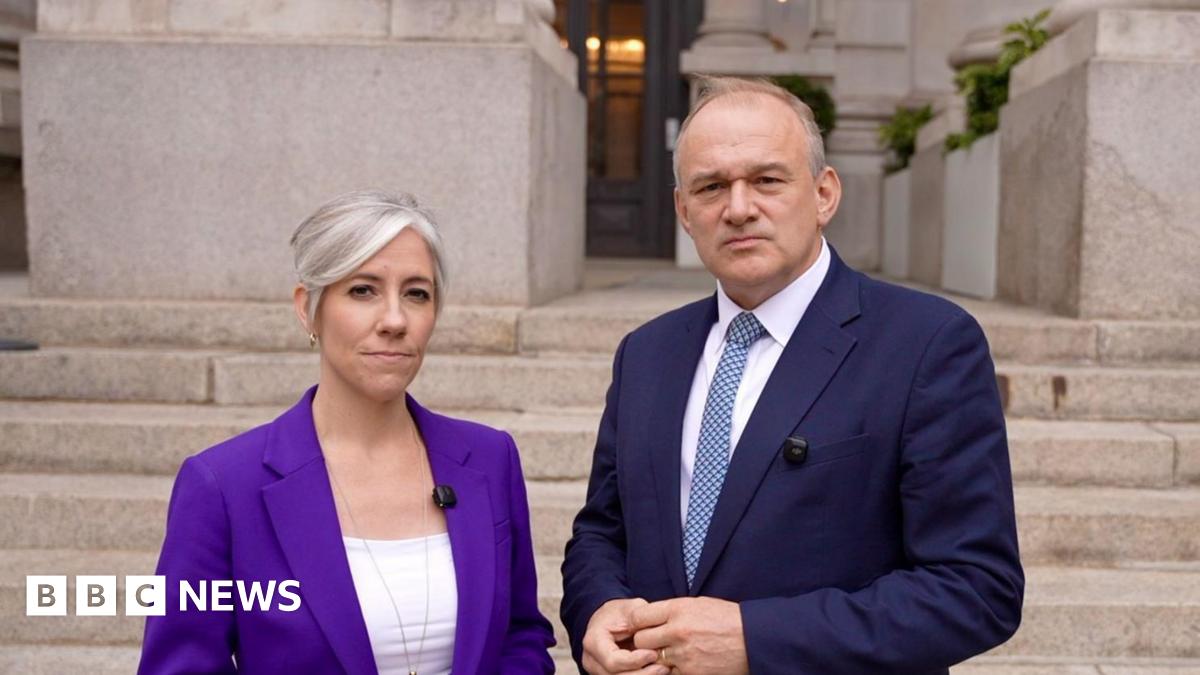The Bank began its quantitative tightening programme in 2022, unwinding the emergency support it brought in after the 2008 financial crisis.
That earlier process, known as quantitative easing, saw the Bank electronically create billions of pounds to buy UK government bonds, a form of debt, in a bid to prop up the UK economy by keeping market interest rates low.
The Bank subsequently launched new rounds of QE after the eurozone debt crisis, the Brexit referendum and the coronavirus pandemic.
The Bank is now in the process of selling these bonds for less than it paid for them, with losses being picked up by the Treasury under a deal agreed in 2009.
Reform has criticised the process, with deputy leader Richard Tice branding it a “systemic misuse of taxpayers’ money” in a letter to Bailey in June.
He also blamed it for increasing the costs of long-term government debt, which recently rose to a 27-year high.
Farage and Tice visited the Bank for talks with Bailey on 25 September, after the Bank chief agreed to a meeting.
Speaking to reporters afterwards, Tice called for MPs to take a more active role in debating the policy, arguing they were reluctant to do so for fear of encroaching on the bank’s independence.
But he added that the “huge multibillion cost” meant it had an impact on taxation, traditionally a matter for Parliament, and could “change the decisions the chancellor makes” at November’s Budget.
They also pressed the Bank to relax its stance on cryptocurrencies, accusing it of holding back innovation.
